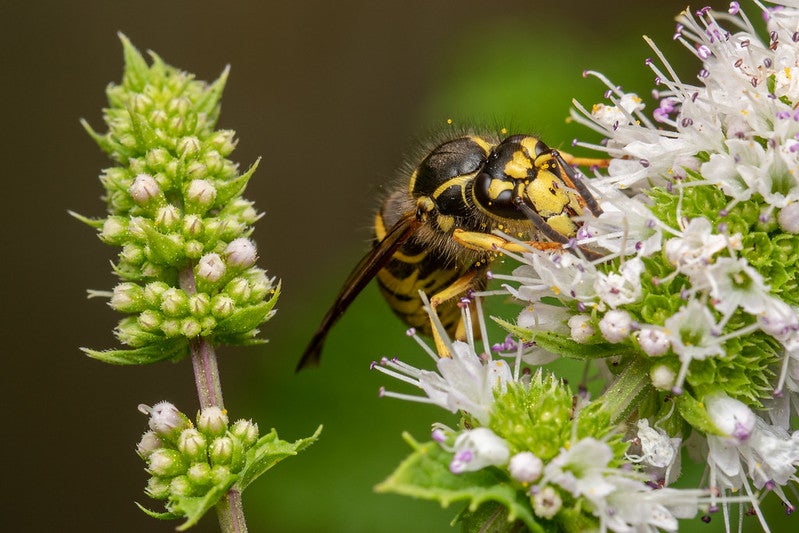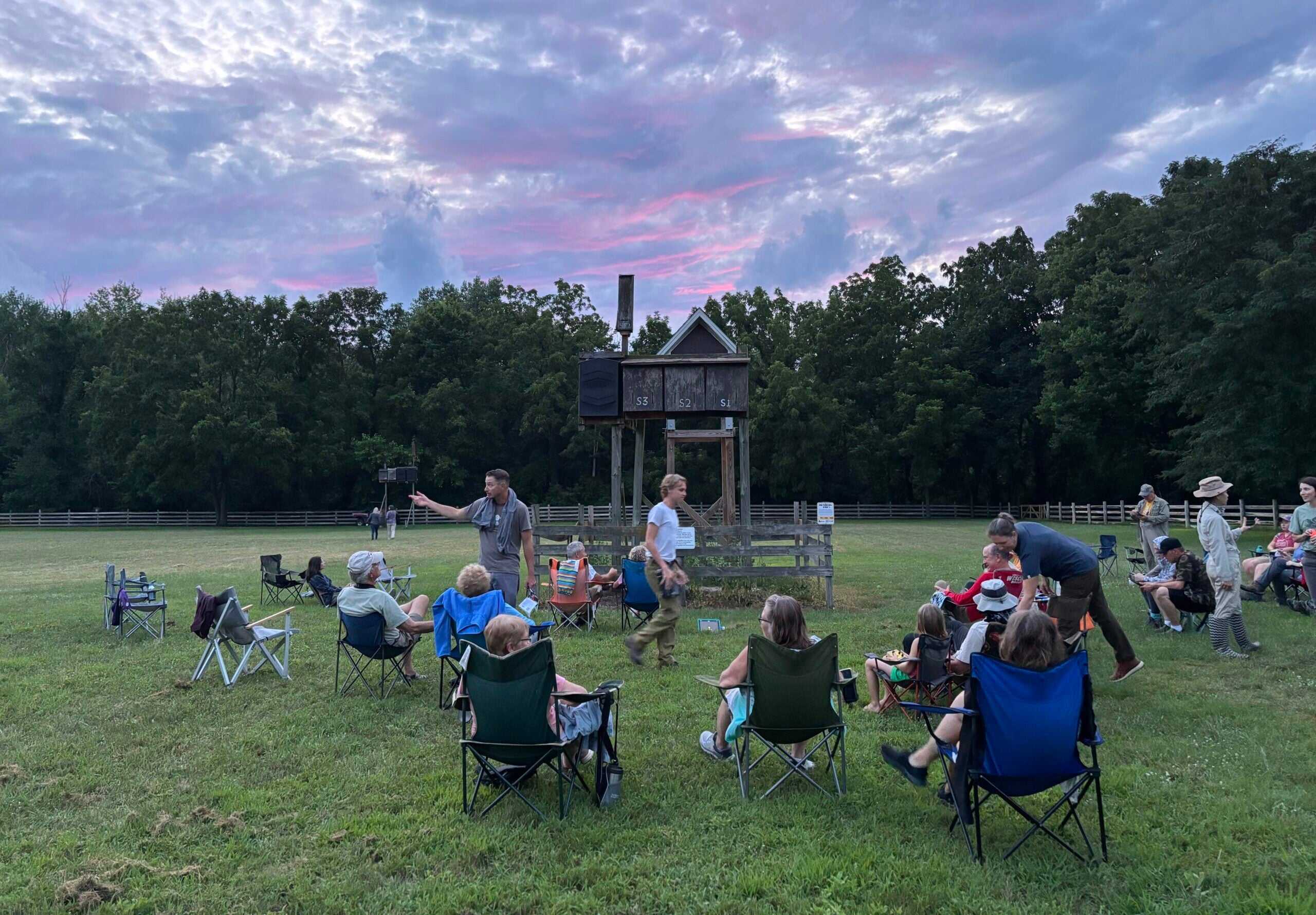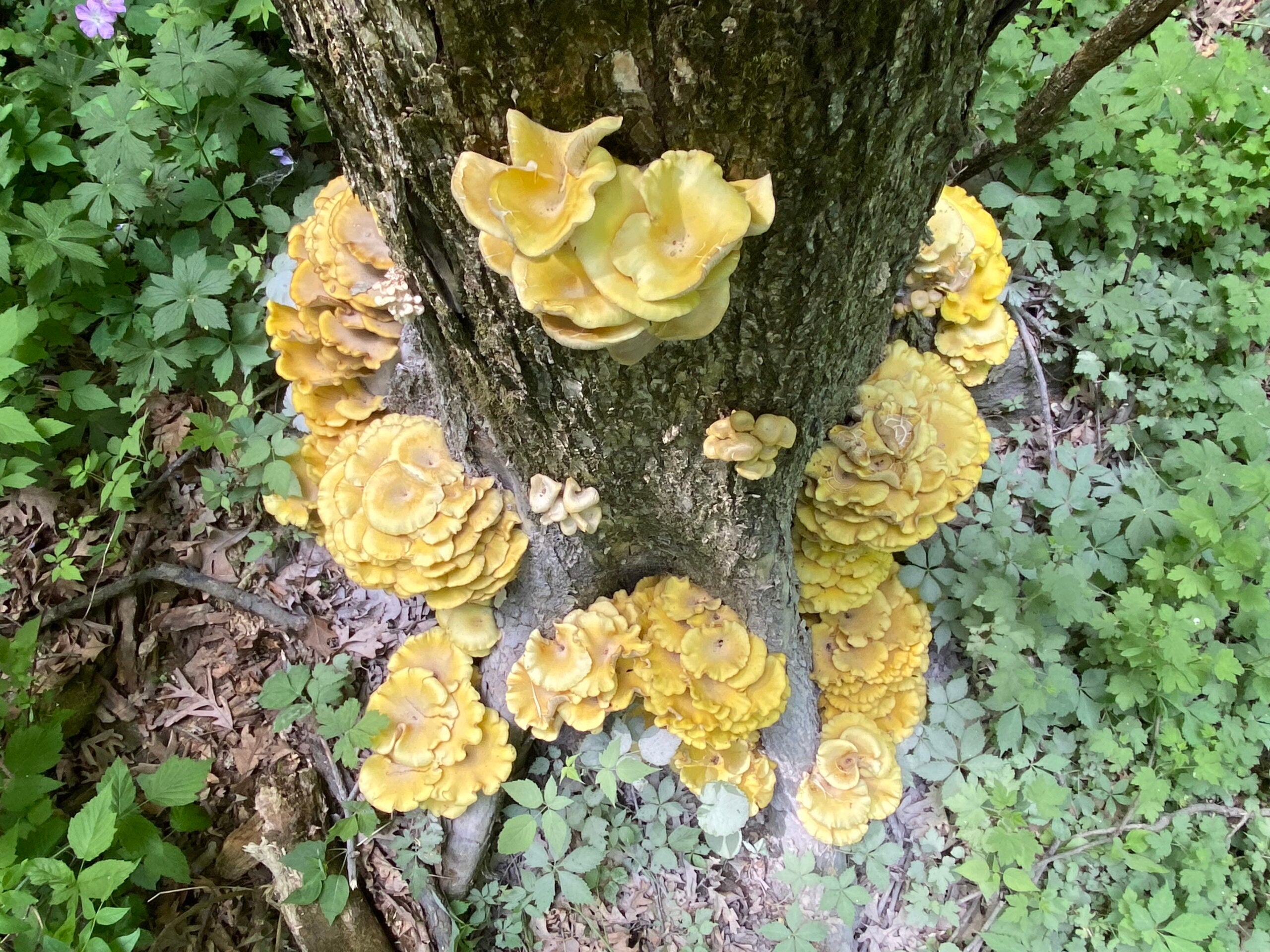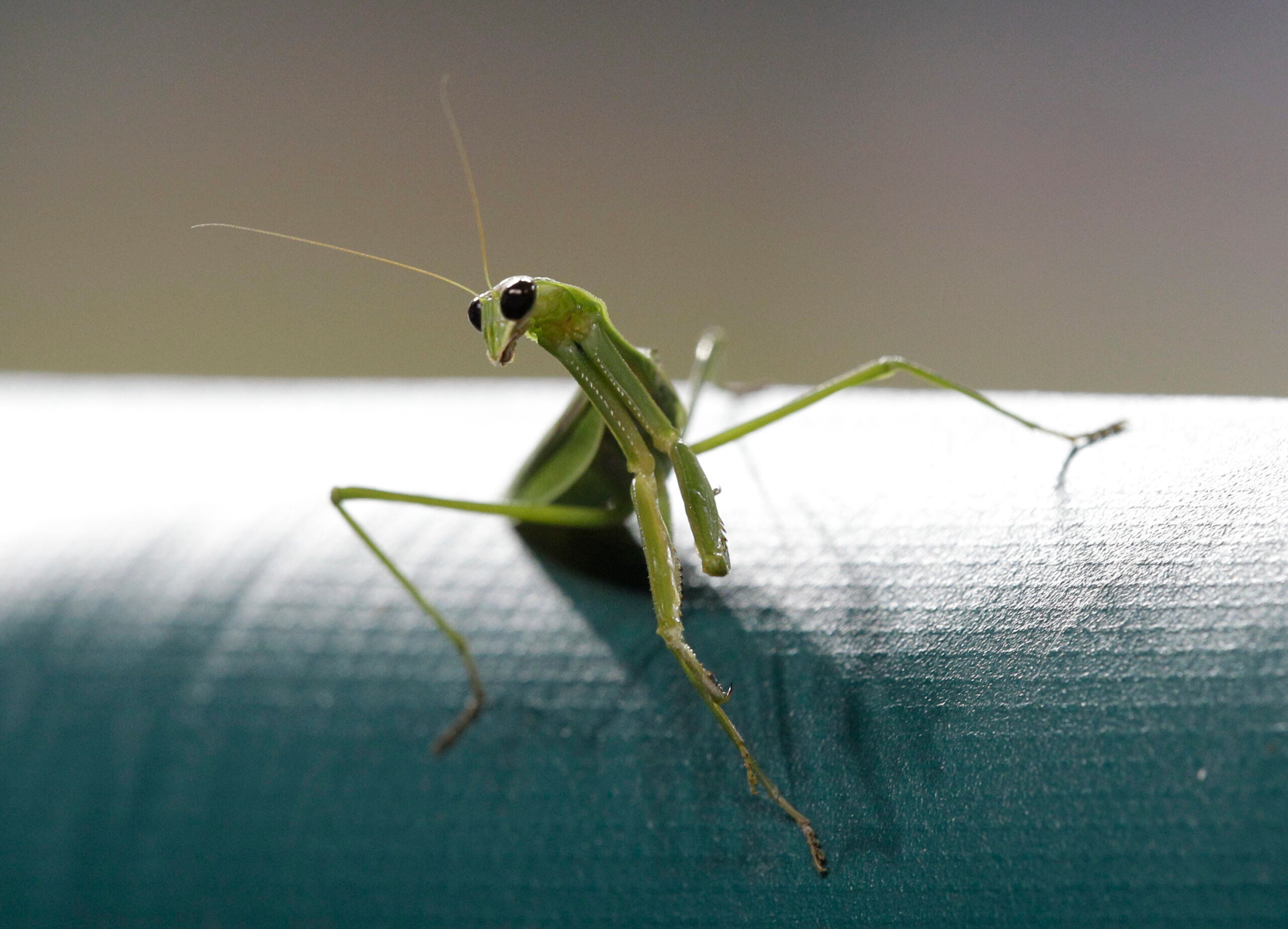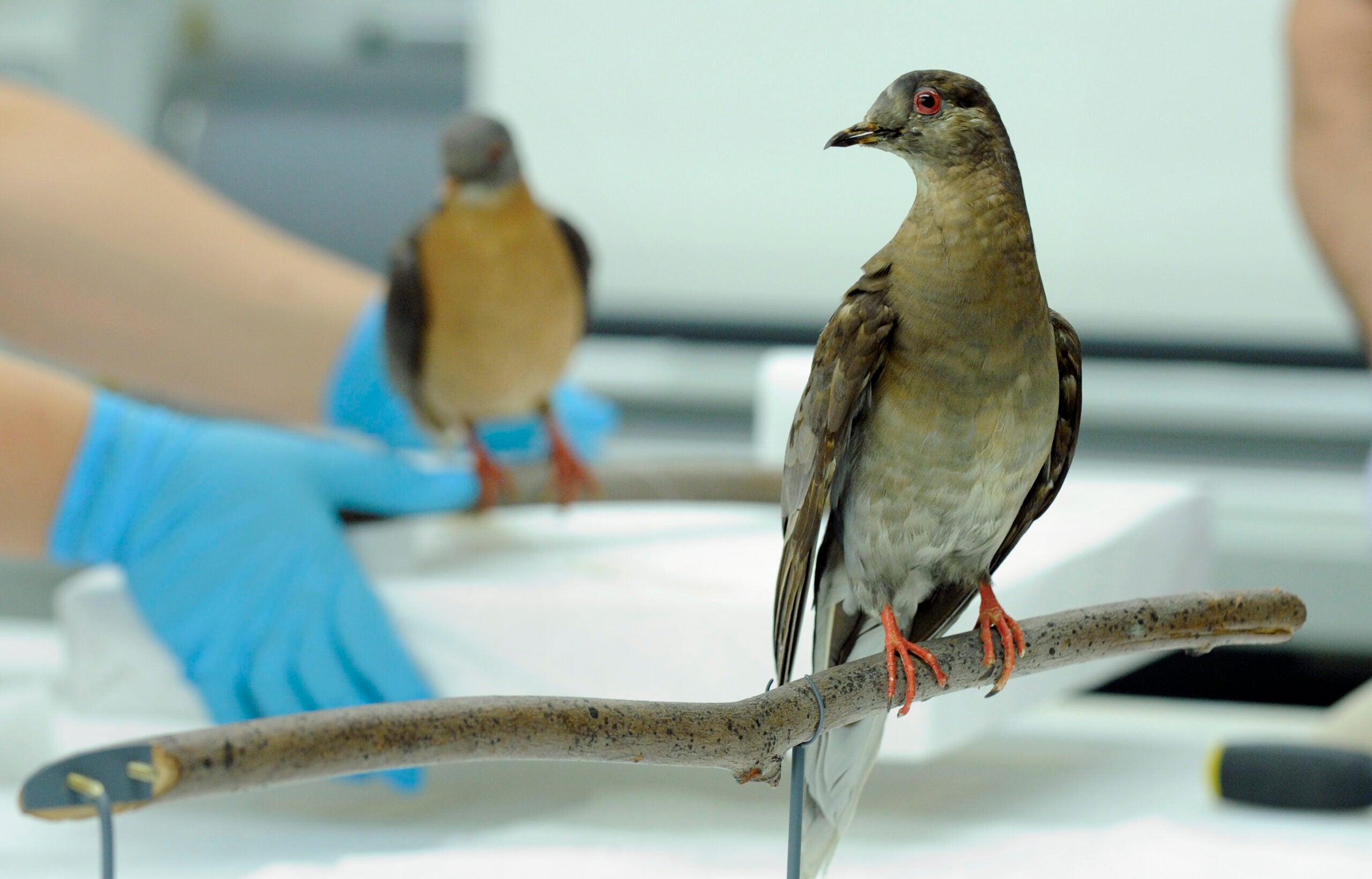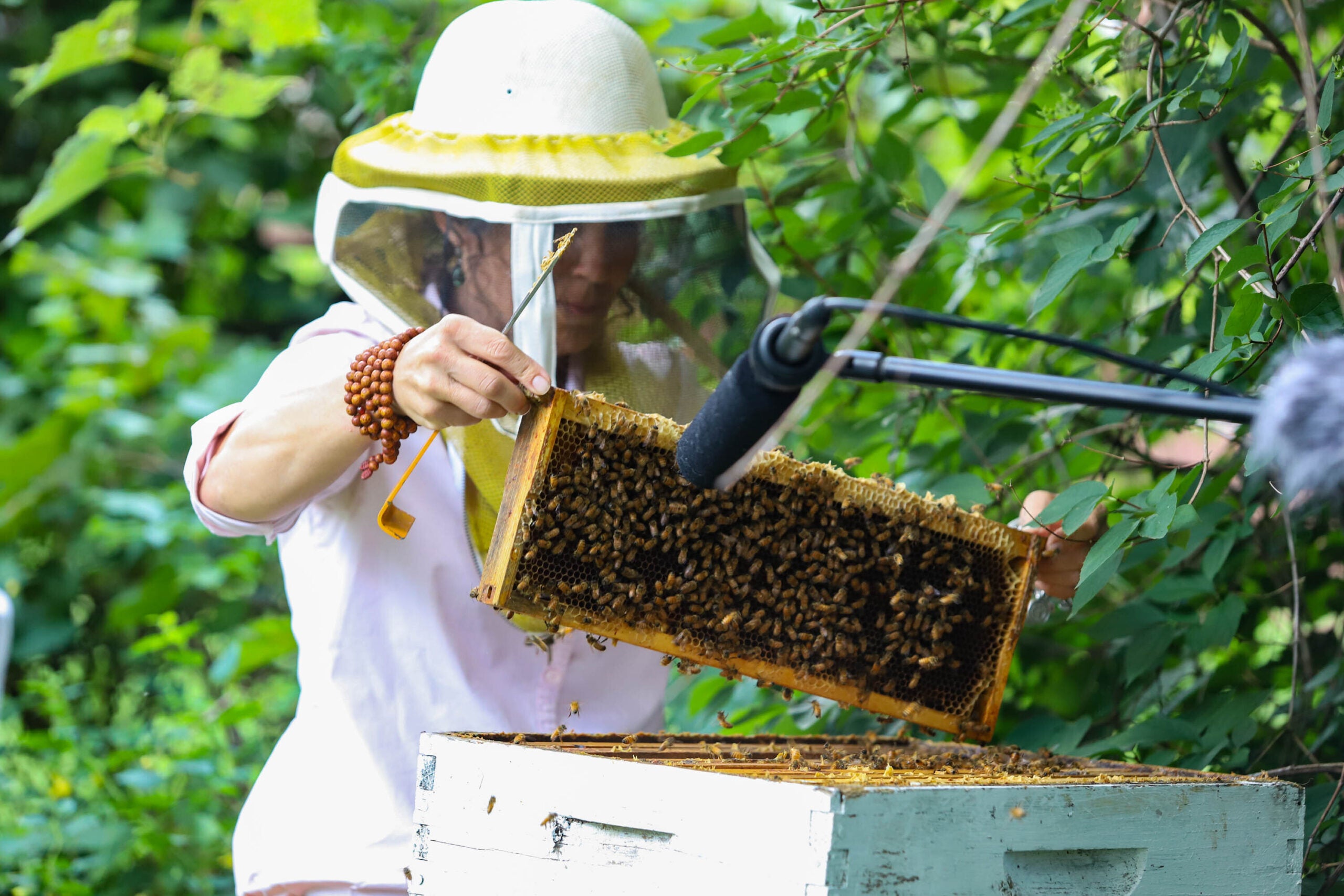This time of year, yellow jacket wasps can be a bit ornery and aggressive. PJ Liesch, manager of the University of Wisconsin-Madison Insect Diagnostic Lab, said there’s a good reason for that.
“To put it shortly, they’re basically ‘hangry,’” he said. “They are really hungry this time of the year because they’re running low on food.”
Liesch joined Wisconsin Public Radio’s “The Larry Meiller Show” to talk about yellow jacket behavior, life cycles and the proper timing and techniques to treat a nest.
News with a little more humanity
WPR’s “Wisconsin Today” newsletter keeps you connected to the state you love without feeling overwhelmed. No paywall. No agenda. No corporate filter.
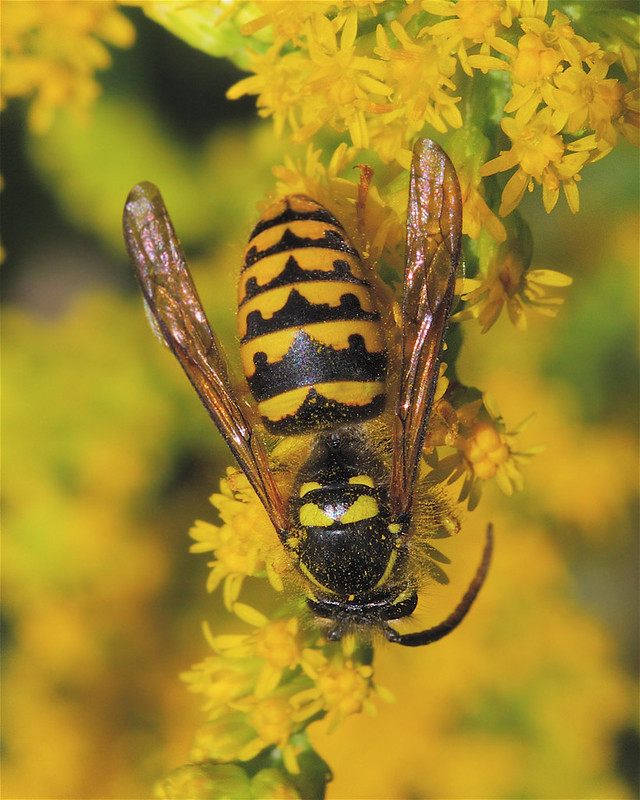
Liesch explained the wasps have annual colonies, which means the queen wasp’s workforce is as large as it will ever be from late summer to early fall. And that’s a lot of mouths to feed.
In late summer every year, a yellow jacket colony produces a new batch of queens and males. Those wasps leave the nest, and they mate. Every wasp from the old colony dies except for these new queens, which overwinter in places such as in the mulch on the ground, inside a partially hollow rotten log, under the loose bark of a tree or even in little nooks and crannies in siding.
Come spring, the queens establish new nests and build a workforce that keeps on growing, eventually peaking during this time.
“When it’s at peak size, they’re trying to raise larvae, they’ve got all these workers to feed,” Liesch said. “Also around that same time, their food supply, which is often insect prey, is starting to decline as plants are senescing for the fall. So they’re running out of food. They get desperate.”
That means you might run into these wasps at barbecues or in the soda you’re trying to enjoy outside.
Liesch said there’s no single way to deter them entirely, but keeping food covered can be helpful.
These listener questions and guest answers have been edited for brevity and clarity.
On controlling populations in and around the home
One caller from Glenwood wanted to know how to control cavity-nesting yellow jackets.
Caller: We have a large colony nesting in the metal siding of our home. We have used five cans of that hornet spray. And when that happened, that caused them to come into the house. I’m wondering what can we do to get rid of them and how to prevent it for next year?
PJ Liesch: They can get around the edges of siding up into soffit areas and get into a wall void or another tucked away location like that.
If it’s an exposed nest — you can look up, and you can see it above your front door — that is where the aerosol sprays come in handy. When the nest is tucked away and essentially inaccessible, the sprays work very, very poorly.
The common sprays that you can find at the hardware store typically contain an ingredient from a group of insecticides we call the pyrethroids. What’s interesting about these pyrethroids is they can have repellant properties. So again, if that nest is exposed, it works very quickly to take them out. But if you spray it in a spot where they’re coming in and out of a siding and those droplets settle and stick there, it might actually repel them from that area and force them to look for other ways out, which is why in this case, they probably ended up popping out in your home.
What works much, much better in cases like this is, rather than an aerosol formulation — it might contain the same ingredients, but it’s formulated differently — is a dust or powder. And this would be applied with a device called a bulb duster, although sometimes you can find products at the hardware store that come in kind of a squeeze or puff bottle with a little nozzle on it. You puff that into the entrance.
You’d want to do it at night when they’re inactive. Those products don’t seem to be as repellent.
As the insects come and go, they end up kicking up the dust particles essentially on the hairs on their body. They then track it deeper into the nest and that tends to work much better. So in a case like this, we would want to find a dust type product that says you can use it to treat yellow jackets and then find the spot where they seem to be coming in and out of the most at the moment.
On colony personality
Another caller from Green Bay was wondering about the disposition of wasps in three separate, active nests on their property, and whether certain species are disposed to gentleness or aggression.
Caller: I found that if I just leave them alone, they haven’t bothered us at all. There’s one actually inside my chicken run, maybe two or three feet above my head. And they just seemed docile and calm with me around. So I was wondering about the behaviors of them in terms of do they recognize when people are a threat or does waving your arms and being erratic around them maybe make them more cautious of you?
PJL: Well, they definitely use visual cues and things like movement. So if you get too close to a nest — let’s say you’re next to a nest with your friend — and you disturb the nest, and they get angry from that, that person who is flailing and more active is probably going to draw their attention more versus someone who is calm, moving slowly and so on.
When it comes to yellow jackets — there’s a bunch of different species; we have 10 or more different species in the Midwest alone — sometimes there can be differences in colony size. How aggressive or ornery is essentially the personality of the nest as well.
But this does bring up a good point. Sometimes there are nests that just don’t seem to be terribly ornery. And one option is if you can tolerate them, and they tolerate you, you can just leave them be.
That colony is naturally going to die out sometime in the fall. So just because you have a nest doesn’t necessarily mean that you have to treat it.
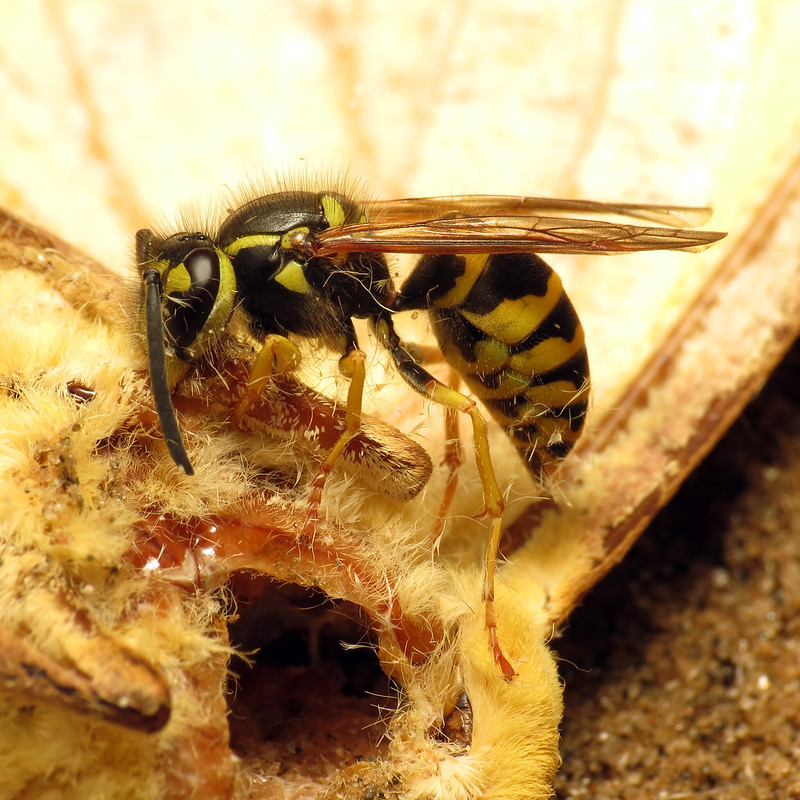
On yellow jackets as scavengers
One caller told a story, with some forewarning before getting a bit graphic, of a wasp that seemed interested in a cut they had on their hand.
Caller: I had a big cut on my hand last summer, and there was jagged skin hanging from the wound. And I was sitting out in the sun … a wasp flew in right on my hand on that wound and took a chunk of the scabbed skin and flew away. I was wondering what kind of wasp that would be?
PJL: Yeah, that’s a really interesting story. It does sound like it probably would have been something from the yellow jacket group.
Now between the genus Vespula (ground yellow jackets) and dolichovespula (aerial yellow jackets), we’ve got over a dozen species here in the upper Midwest.
And if you split that group out even finer, there are some of these species that have smaller colonies. Those wasps tend to be pretty strict in their behavior, in that they’re almost always predatory on other insects.
There are some other yellow jackets species that can have larger colonies. They can be a little bit more open-ended in terms of what they will feed upon. They will attack insect prey. They can also be scavengers. They can go to road kill and stuff like that.
And there are some reports in the literature of these causing harm to either humans or typically things like livestock. You have a horse or cow that gets a scrape outside and a wound, and sometimes these wasps can come in and clip off some of that jagged skin as a protein source.
They want to bring that back to the colony, because this time of the year they’re desperate. They’re looking for any sort of food that they can find. So I don’t hear of these sorts of cases often, but that does fit the profile of the behavior for some of our yellow jacket wasps.
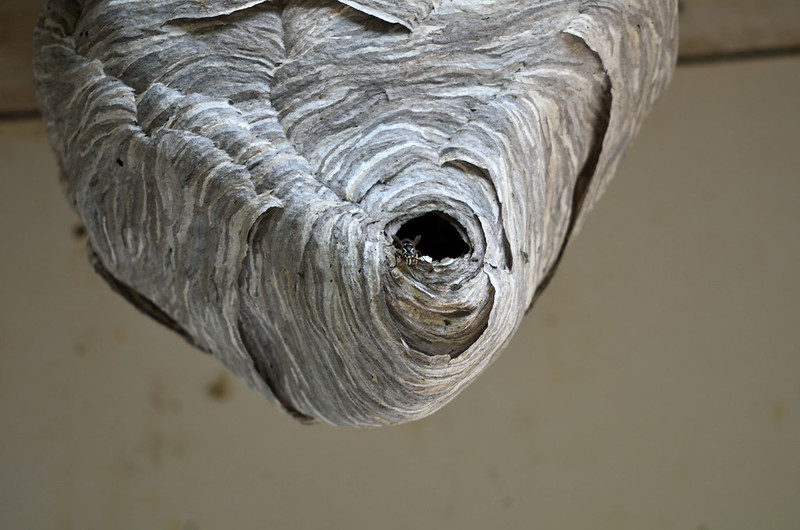
On warding off colony builders
One listener emailed asking if wasps would be repelled by a crocheted or otherwise fake wasp nest hanging in a particular area.
PJL: Unfortunately, I don’t think that’s going to work. And actually, it’s really interesting if you dig into the literature on yellow jackets.
We’ve got these overwintering queens. The vast majority of those are going to fail. And actually there are some where maybe the queens pop out a little bit later. They’re trying to play catch up in. A very common thing that they will do is go to preexisting wasp nests and try to take it over. They’ll fight to the death with that queen, duke it out. And if they win, they take over that nest and claim it as theirs.
So, simply, if there’s a nest there, I don’t think it’s necessarily going to deter them. In fact, sometimes they are seeking out nearby nests. So I haven’t heard or seen of any evidence of that working.
Editor’s note: “Insect Update” is a monthly Wisconsin Public Radio program that runs from spring through fall, hosted by Larry Meiller. This column is a recap of tips and information in response to caller and interview questions.
Wisconsin Public Radio, © Copyright 2026, Board of Regents of the University of Wisconsin System and Wisconsin Educational Communications Board.
